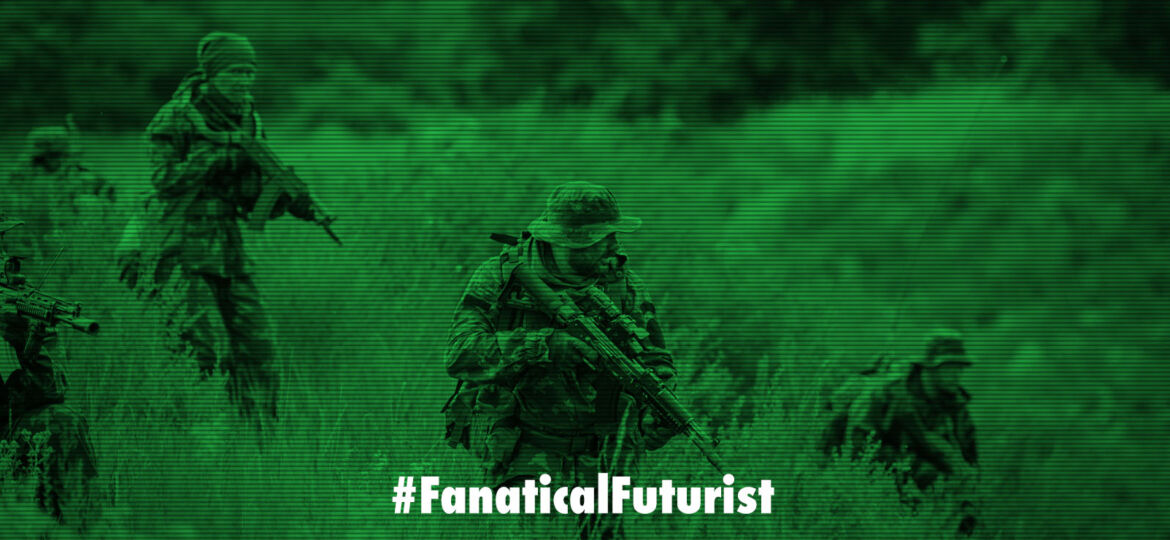
WHY THIS MATTERS IN BRIEF
Being able to see in colour, even during the darkest nights, is a game changer that will have ramifications for multiple industries.
When we think of night vision our minds automatically turn to grainy black and green images. But today things have begun to change, and colour night vision has arrived after The Drive recently reported on two new night vision technologies that will revolutionise how we see in the dark.
The first true colour night vision camera comes from a company called SPI Corporation. Its Osprey X27 full motion video camera is capable of producing colour images in very low light situations. The videos embedded show images from the Osprey X27 – and crazily they were all shot at midnight.
It’s almost hard to believe these videos weren’t taken at dusk, but technology called Complementary Metal-Oxide-Semiconductor (CMOS) imaging sensors makes it real. The technology works by turning photons into electrons which an Artificial Intelligence (AI) algorithm then decodes into colour that the wearer can see. SPI says its low-light technology can also turn existing light 85,000 times brighter.
Traditional night vision technology uses an image intensification tube to capture any photons of light and then energizes the particles. The process repeats itself multiple times, and we’re treated to a final image that appears brighter to the human eye. Even today, the technology is normally relegated to monochrome hues, normally green, because the traditional system isn’t capable of capturing enough light to produce the quality images our brains can easily decipher.
As sort of a middle of the road improvement between standard night vision and SPI’s full-color night vision, there’s ColorTAC’s CVA-14 system. The unit clips onto current night vision elements in use by the US military and works much like traditional night vision technology. Ambient light passes through the intensification tube and its technology produces an image that humans register as closer to true colour. This unit is designed to work with a type of monocular night vision system in use by the military.
Yet, both modern systems still require some source of light to operate and can’t operate in complete darkness. In the future, they could incorporate thermal imaging and hyperspectral imaging to detect different details and provide an even clearer picture, with even more information, with less light. There’s no denying the colour systems on display here are already major improvements over a technology rooted in the 1960s.
The Drive’s story mentions nothing about automotive use for any of these color night vision technologies though but it’s easy to see how they’d add value there too, and while it will likely take years before we see anything like this technology outside of the military and available to buy in stores it’s an amazing advance.
















